National intangible cultural heritage project - musical instrument making skills in Jiayi Village, Xinhe County, Xinjiang
The intangible cultural heritage passed down by word of mouth is the precipitation of the vast history, the imprint engraved by the years, and the precious wealth left by human beings. Together with the material cultural heritage, it constitutes a colorful human world.
To share the beauty of Xinjiang's intangible cultural heritage, today, let's talk about the national intangible cultural heritage project - the musical instrument making skills in Jiayi Village, Xinhe County, Xinjiang.
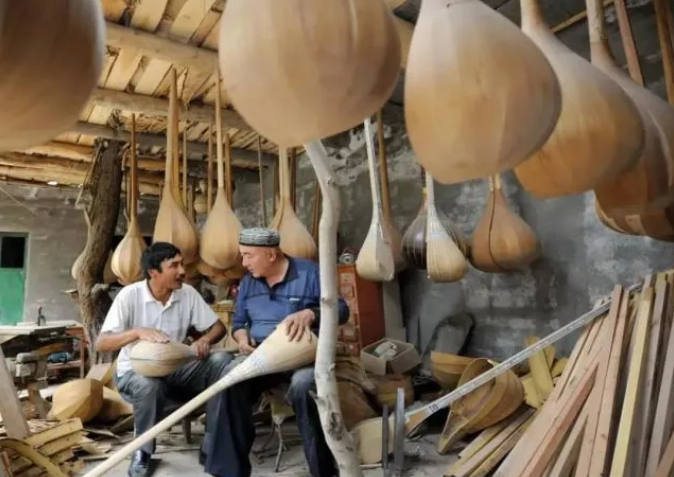
In Jiayi Village, Xinhe County, which enjoys the reputation of "the first village for making folk handmade musical instruments in Xinjiang, China", semi-finished musical instruments can be seen everywhere in the small courtyards of villagers. Anyone who appreciates the charm of folk art can be seen at any time.
Jiayi Village, Xinhe County, has a three-hundred-year history of handmade musical instruments. At present, there are 326 households in the village, and 106 households are engaged in musical instrument making. Nearly 50% of the villagers in the village are engaged in making musical instruments.
The musical instrument making skills of Jiayi Village, Xinhe County were included in the second batch of intangible cultural heritage list of the State Council.
The history of musical instrument making in Jiayi Village starts from the ancient times of Qiuci.
The hometown of Qiuci is the seat of Qiuci, one of the thirty-six city-states in the ancient Western Regions of Xinjiang. It is the core area of today's Kuqa City in southern Xinjiang, including Shaya County, Xinhe County, and Baicheng County. Since Qiuci is one of the major countries in the Western Regions, there are also many cities and territories under its jurisdiction, all of which are distributed in this area, so this area is collectively referred to as the old land of Qiuci.
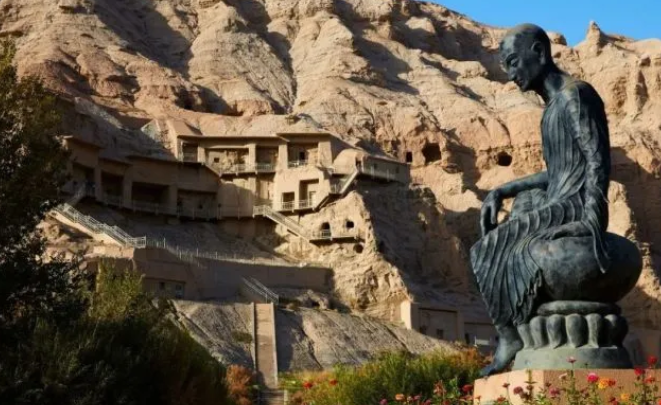
The Kizil Thousand Buddha Cave in Baicheng County is the representative of Qiuci culture
The Western Regions Protectorate in the Han Dynasty and the Anxi Protectorate in the Tang Dynasty were located in Xinhe County, which is within the scope of the hometown of Qiuci. Archaeology and historical data have proved that the site of Tagancheng in Xinhe County was the seat of the Protectorate of the Western Regions in the Han Dynasty, while the ruins of the ancient city of Basi in Tunguska was the seat of the Protectorate of Anxi in the Tang Dynasty.

Ten steps, one craftsman
The musical instrument making skills of Jiayi Village are said to have been inherited and continued from the musical instrument craftsmen of the Qiuci Palace, and have been passed down and developed to this day.
Regarding this statement, Zhang Ping, an archaeologist from the autonomous region, once explained it with a rigorous professional authority. He said that from the perspective of Qiuci culture and art and archaeological excavations, it can effectively prove that the musical instrument production in Jiayi Village, Xinhe County belongs to the inheritance of Qiuci culture. The product is an innovative continuation and development.
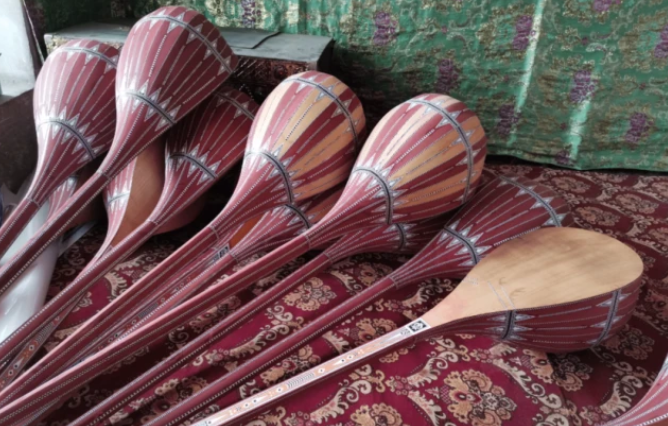
The traditional national musical instruments of Xinhe County are the inheritance and development of Qiuci music and dance. Its art is in the same system as the Uyghur Twelve Muqam, Kuqa, Xinhe, Shaya, and Baicheng County folk songs and dances. Art shines the light of Qiuci culture.
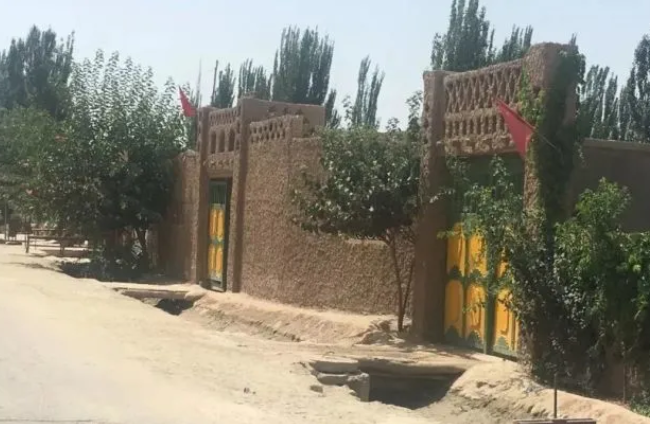
The street scene of Jiayi Village has the ancient style of the Western Regions
Generally speaking, the musical instruments made in Jiayi Village mainly include Rewap, Dutar, Danbull, Aijik, Sattar, Dafu (hand drum), etc. They are all hand-made with homemade tools. The musical instruments have beautiful music and simple and beautiful decorative patterns. They are exported to all parts of Xinjiang and the mainland. It is an important way for farmers in the village to increase their income and become rich.
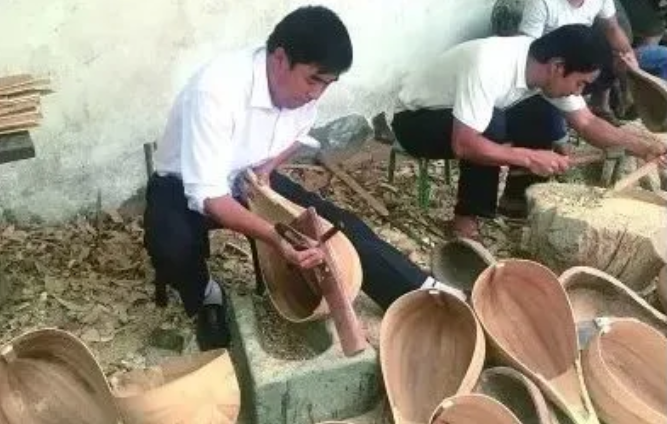
Artisans are making dutars and boulders
In Jiayi Village, there is a "Qiuci Cultural Musical Instrument Exhibition Center", where you can learn about the history of Qiuci musical instruments. There is an exhibition hall of Qiuci musical instruments, and almost all kinds of ancient Qiuci musical instruments are restored according to the musical instruments on the murals of Qiuci.
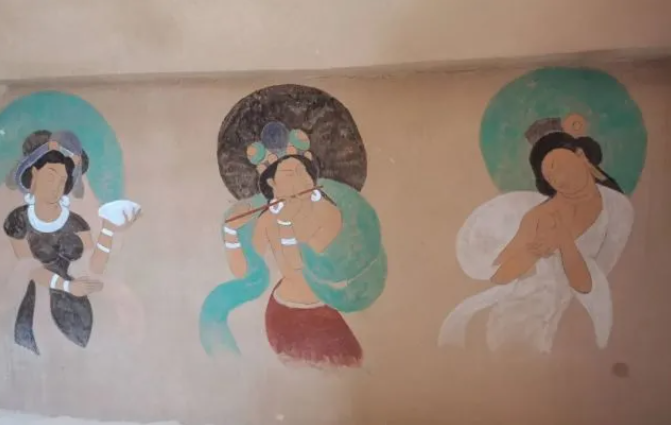
Musical instruments in the murals of Kucha
It is worth mentioning that the exhibition center also restored some typical caves according to the murals in the Qiuci Grottoes, showing the charm of the Buddhist culture of Qiuci to the world. In the Qiuci murals, the Qiuci musical instruments held by those figures are simply copies of ancient musical instruments compared with modern national musical instruments. This is the gene of cultural inheritance.
 渝公网安备 50010702504639号
渝公网安备 50010702504639号